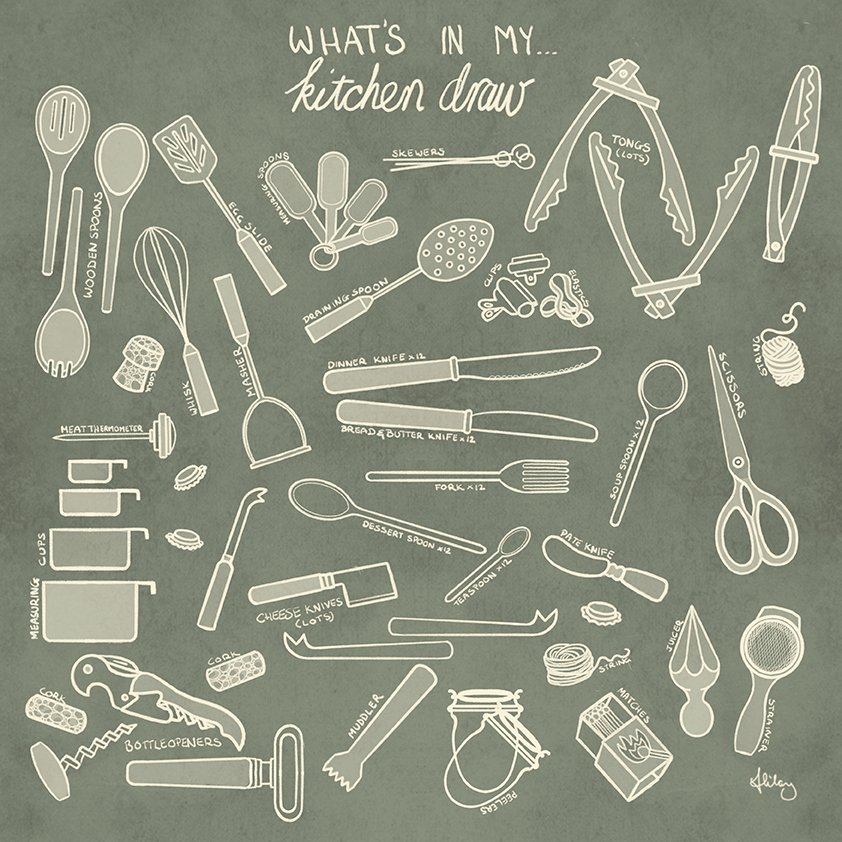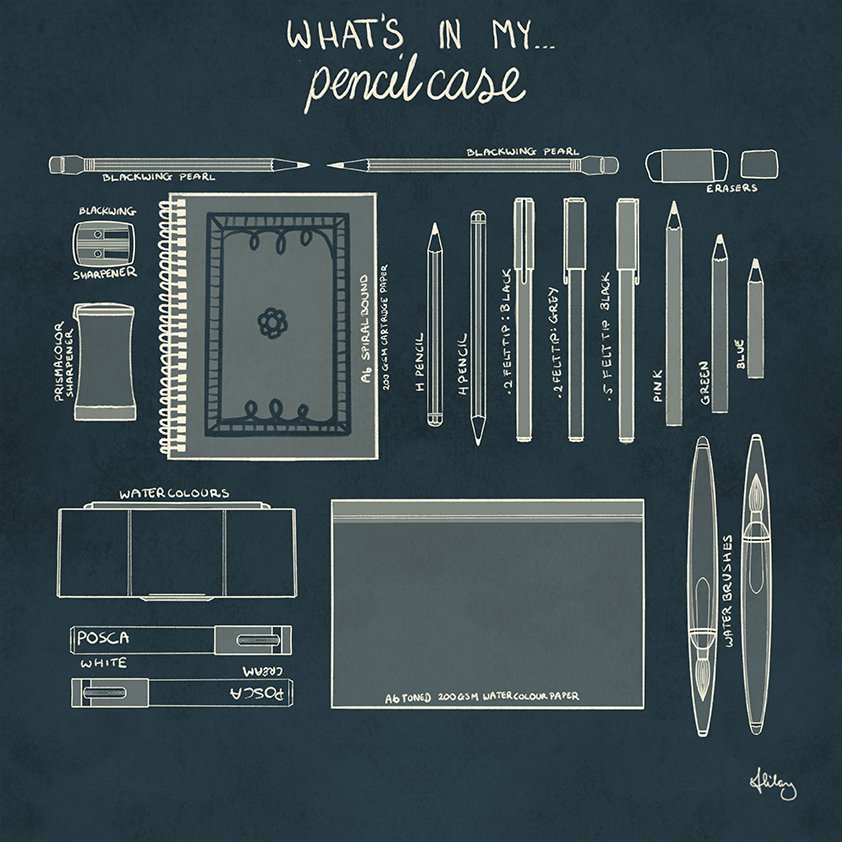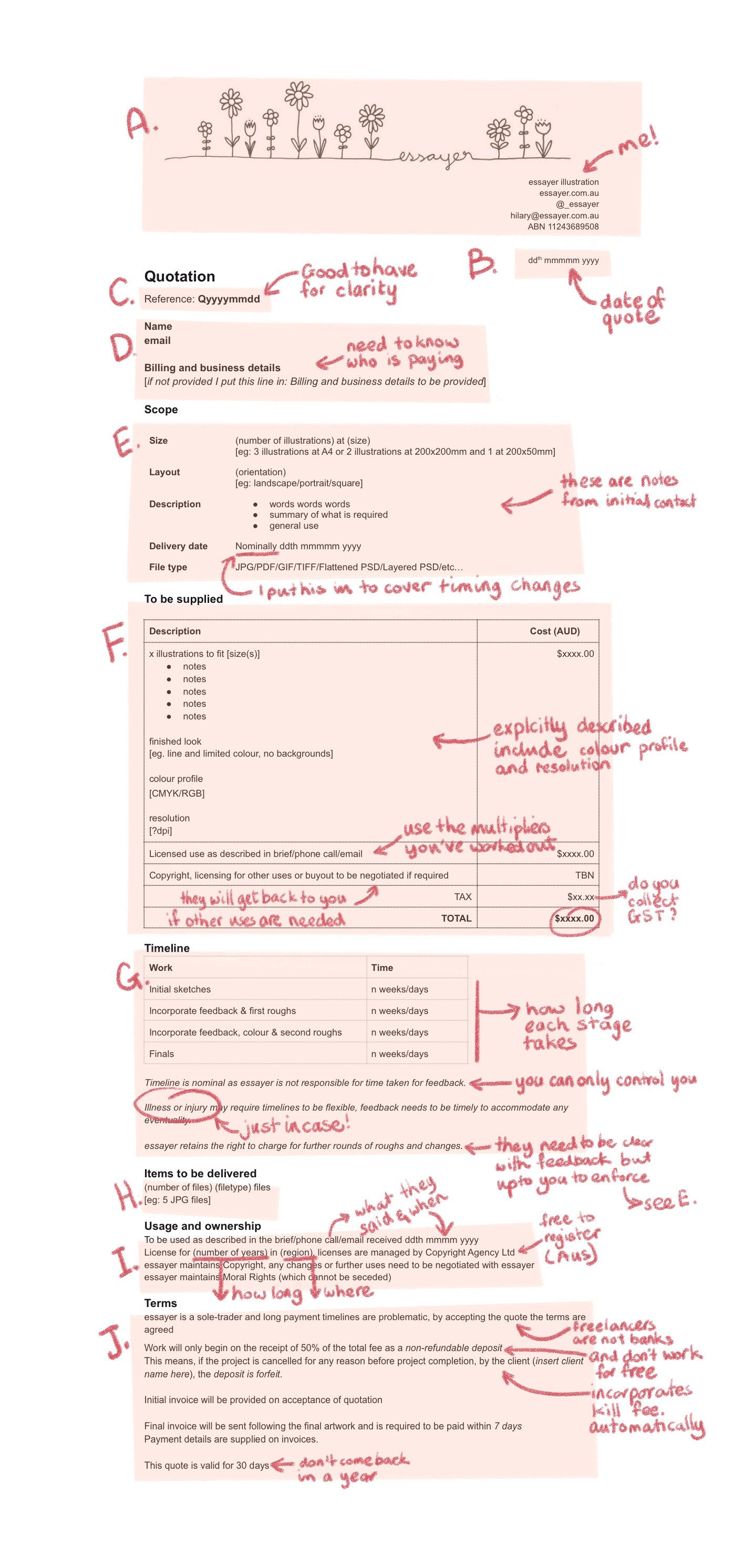Sitting here amongst the boxes of belongings and contents of draws packed away, to distract myself I made a few lists. Just to help me, to stop me thinking that this is the end. To help me think of this as a new beginning. I did what I’ve always done, made a list, drew a drawing, created a series.
Our little studios rent has doubled and it is with a very heavy heart that I and my studio buddies are disbanding and will be leaving the Nicholas Building before the end of February.
To me it seems like an own goal on the owners part, once any potential new buyer does a due diligence check they will see all the liabilities of the space. Whether that is the fault of the agents marketing the property or the owners themselves or a combination of both, I will never know. Melbourne is about to have a generational shift in the artist community. During the last 30 years the Nicholas Building has been a haven for people who run creative businesses. And I don’t mean nice clean hot desk creative space, I mean dirty, splashy, rusty, carving, trimming, sewing, painting, moulding, shouting, singing, playing MAKER spaces.
The city won’t know what it’s lost until the last of us are out. Will it become a nice neat and tidy, cream and grey “with a bit of wood trim for warmth” set of spaces that is unaffordable for those starting out and testing their capabilities, learning their craft or fall into further disrepair and become derelict?
In my own little universe, the loss is devastating. When I first walked into the space I sit in right now typing all this out, I knew I was in the right spot, I could make something of this hodgepodge career I began so long ago. The other people in the studio were lovely and welcoming, I felt like I belonged. Yes, there was no heating or cooling, the window pains were cracked and they didn’t open or close properly, but I had an affordable space. I had a space. Just for me. To learn, experiment, try, fail… and I achieved so much here. Even during the darkest days of the pandemic lock downs here in Melbourne, it was a salvation.
I illustrated my first book, I had more freelance jobs than before, I met some amazing people, I began learning to paint. I grew.
It’s sad that the value this building was to me can’t be saved and can’t be shared by others.
I think the extraordinarily wealthy people who own this building don’t actually understand it’s value at all.











